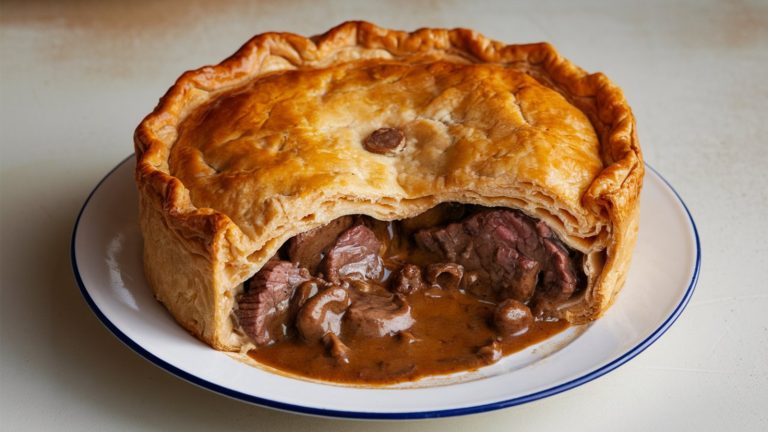Right in the moment when the craving for a cold treat strikes, choosing between frozen yogurt and soft serve can feel like the most difficult thing in the world. They both swirl so beautifully, with gorgeous flavors that gently melt onto your taste buds — a delight made better by the soothing coolness. It’s no wonder these two have become such staples in frozen dessert parlors everywhere, their presence constantly asked upon by customers daily. But the question remains, sometimes floating around as you’re trying to pick what you really want: “What’s the difference between the two?” The answer starts at the very beginning.
Evident by the name, the fundamental difference between frozen yogurt and soft serve ice cream boils down to what they truly are. Frozen yogurt is, well, yogurt — a dairy food made from the lactic fermentation of milk combined with a live bacterial culture. Soft serve, all things considered, is an ice cream (although it does taste slightly different from hard ice cream), which is a mixture of primarily cream, milk, and sugar. Completely different by nature, frozen yogurt and soft serve therefore also have their own taste, texture, and even nutritional content that distinguish them from one another.
Frozen yogurt is tangy and may contain probiotics
Frozen yogurt starts with a yogurt base (or a blend of ice milk mix and plain yogurt) that is then mixed with stabilizers, sweeteners, flavorings, and emulsifiers. It is then churned and frozen until it reaches the right balance in consistency and flavors. This process, however, begs the question of whether frozen yogurt still contains probiotics or if they been destroyed. The answer depends on the nuances of the ingredients and the production, so it’s best to look at the labels for active probiotic cultures before purchasing, or just make your own homemade frozen yogurt.
Undoubtedly, frozen yogurt takes on regular yogurt’s signature tangy taste, which is also one of its biggest distinctions from soft serve. That said, it’s much sweeter due to the many additives used to maintain its dense yet smooth texture. It’s also often laced with flavors of vanilla, chocolate, or various fruits, giving it the indulgent quality of a true dessert.
This icy twist was first introduced in the 1970s by H.P.Hood and later on popularized as more and more consumers began demanding a healthier alternative to regular ice cream. Indeed, frozen yogurt is generally known to have a low fat content (ranging somewhere between 2% and 6%), while ice cream must have at least 10% milkfat. That said, the health aspect varies vastly from product to product as we must also consider the overall nutritional value each recipe offers. Not to mention, frozen yogurt is often served with sugary toppings, so the way you eat it also counts.
Soft serve is a lighter version of traditional ice cream
With only around 5% milkfat, soft serve is often considered as the light version of regular ice cream. Even so, it’s still made from pretty much the same ingredients, only differing in amounts and ratios. The process starts with a mixture of milkfat, milk solids (a type of dried milk powder), sweeteners, stabilizers, and emulsifiers. It’s poured into a soft serve machine, where it’s churned and frozen at around 17 to 22 degrees Fahrenheit, with the temperature steadily controlled so it can be dispensed into waffle cones (or cups) at any given moment.
One other important thing to note is soft serve ice cream often contains a high air volume (often ranging from 30% to 60%), known as overrun. Other than being cost-effective and slowing down the melting, this is also the reason for the soft serve’s main allure: a light and airy yet also creamy consistency. Flavor-wise, that classic vanilla, milky taste is widely available, although there are also various other flavors like chocolate, strawberry, and more. No matter what it is, you can always find a soft sweetness at the base. It’s enjoyable and just enough to satisfy the sweet tooth without turning cloying the more you eat.







